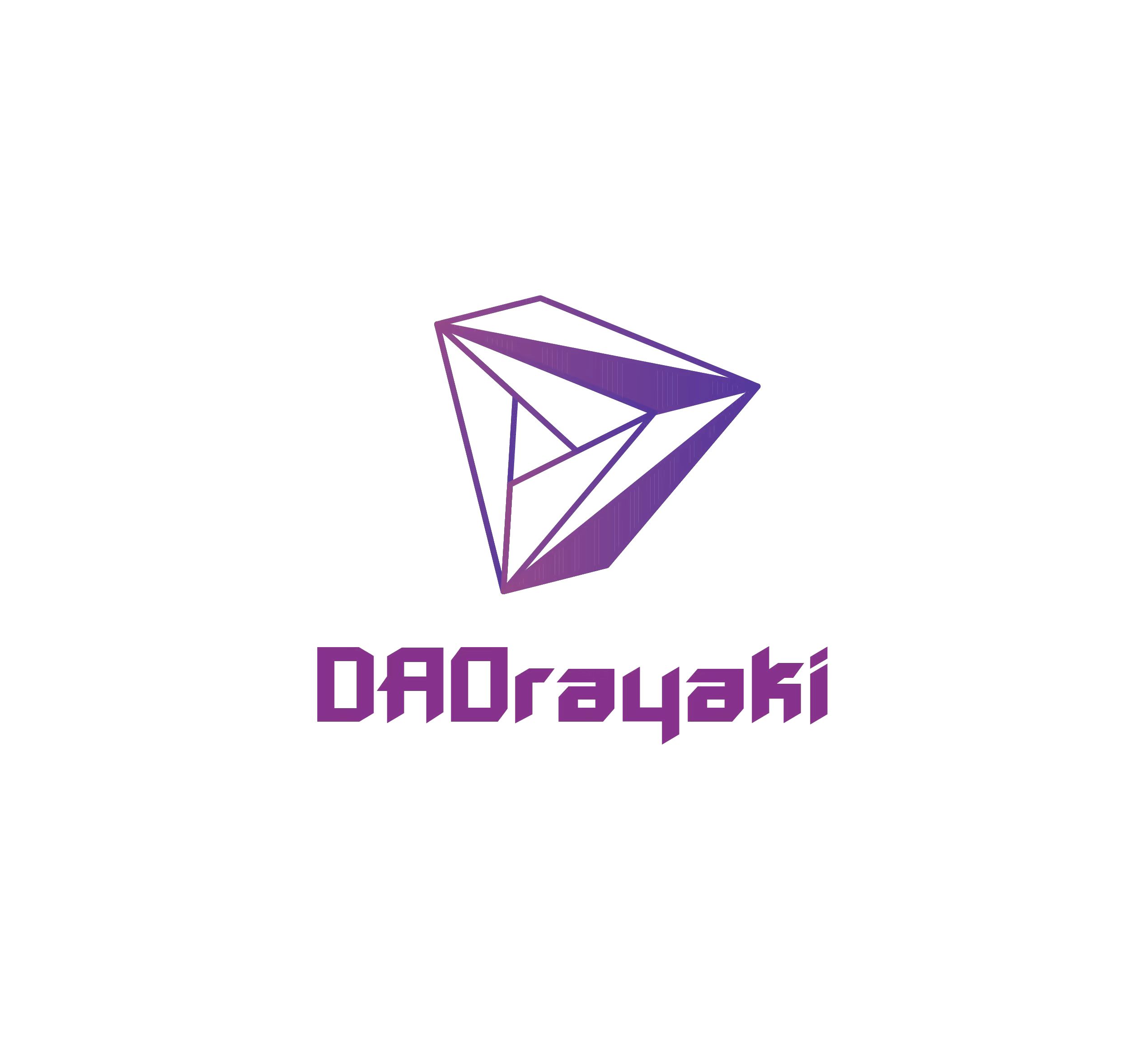Original Author: Zero Mass
no risk
The history of organizations develops in parallel with the history of societies. Arguably, whenever humans come together in a structured social order for a specific purpose, it can be considered an organization. The latest development in organizations comes in the form of Decentralized Autonomous Organizations (DAOs), the type of organization we've been working hard to create.
A brief review of organizational research highlights where organizations are headed and how DAOs can help us make the next leap. Much can be learned from each of the theories of organization described below, including their shortcomings, and how DAOs can incorporate wisdom from past developments into new, truly decentralized theories of organization.
image description
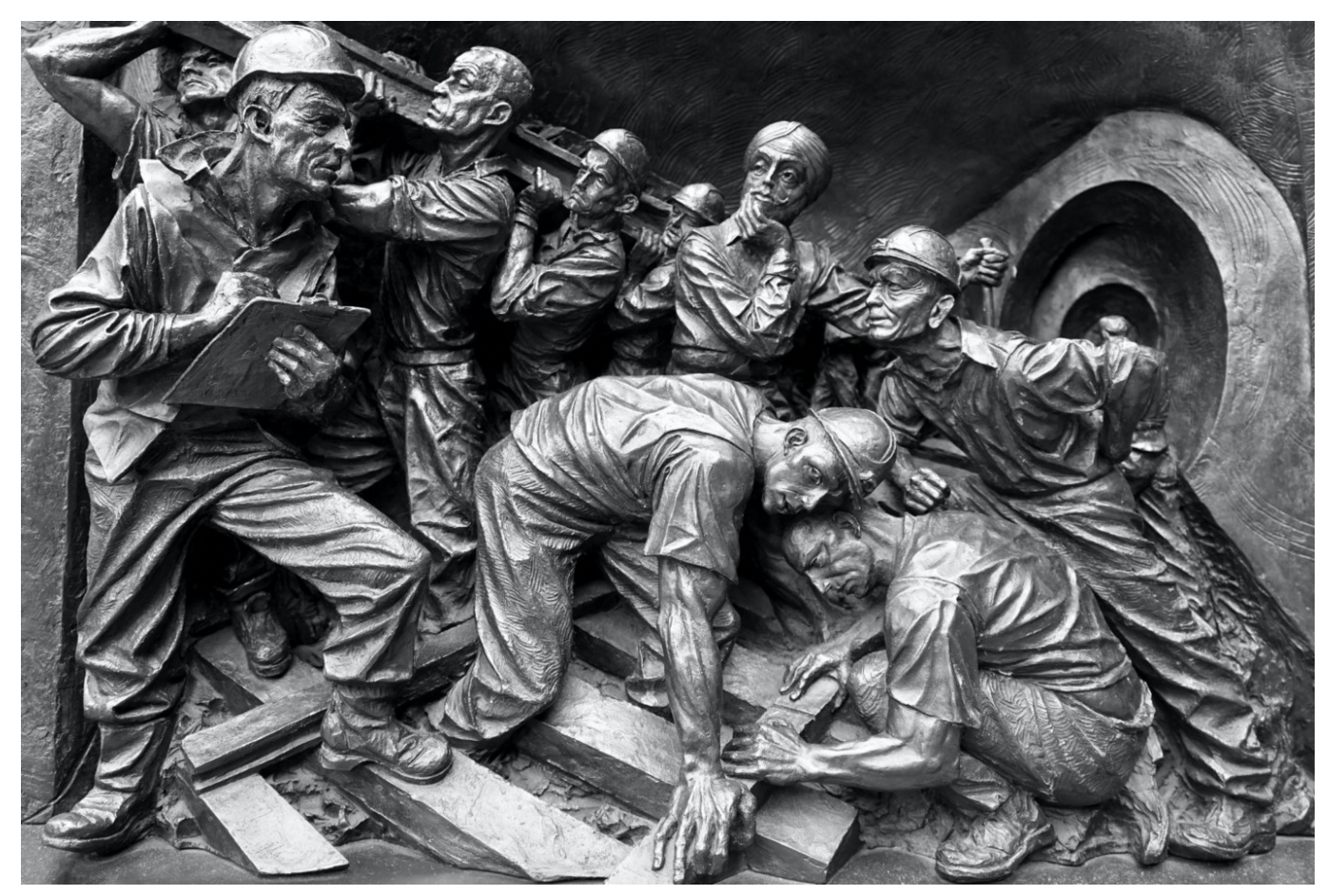
Sculpture of a railway worker. (Photo by Mike via Pexels)
Thinking About Organizations: A Theory of Scientific Management
The last evolution of the modern organization began in 1911 with Fredrick Taylor's book "Principles of Scientific Management". According to Taylor, there are four activities that need to be undertaken in order for an organization to function more effectively.
Organizations extract and record all data about how each task is performed in the organization from the individual employees who know each task best.
Once the data is documented, organizations design more efficient processes that need to be implemented in partnership with employees (i.e., not just dictated by management).
The organization implements the process of "scientific selection and gradual development" for employees.
Jobs are then divided equally between management and individuals who perform specific tasks to produce goods and services.
image description
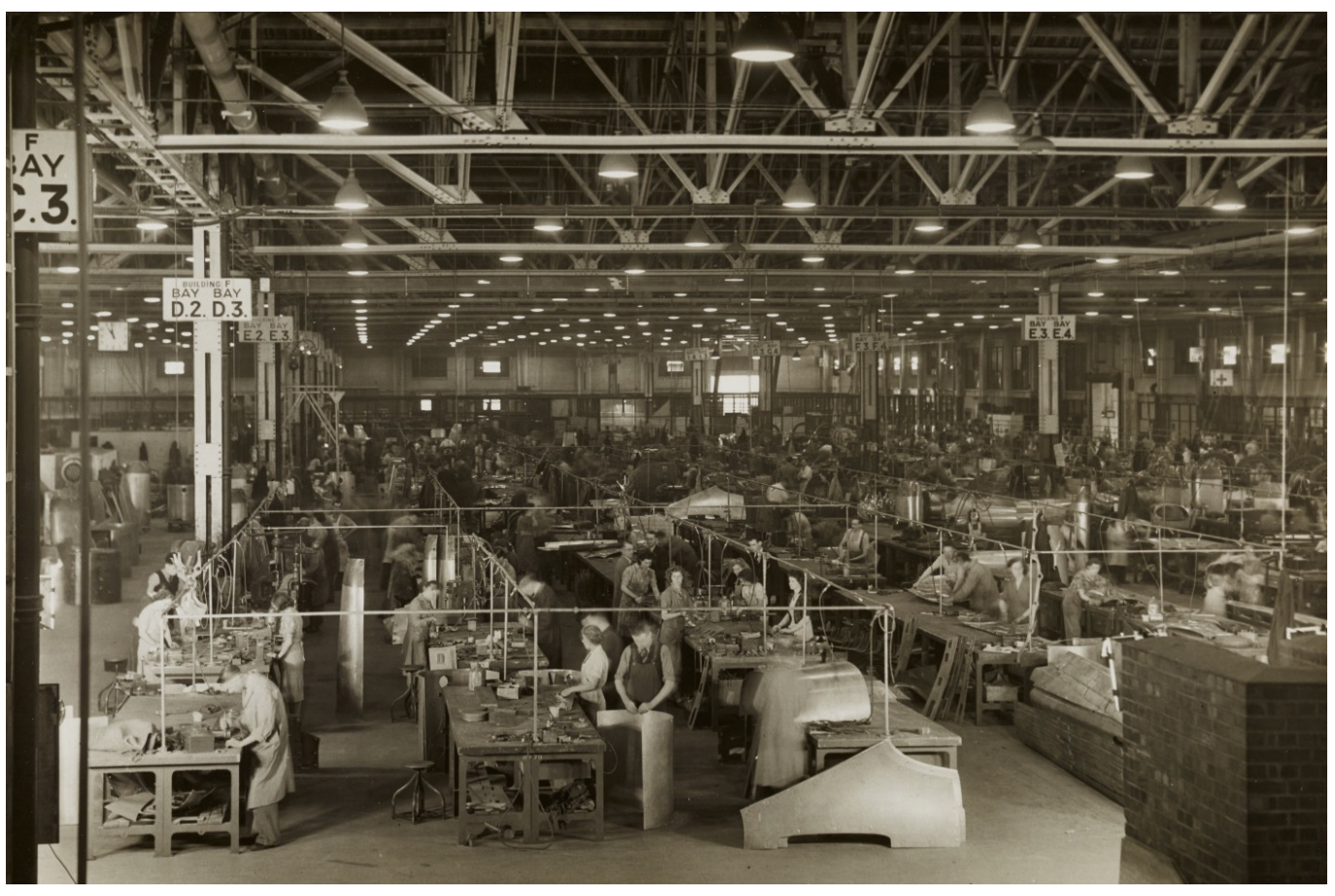
Manufacturer's assembly line circa 1940s (Photo by Birmingham Museums Trust via Unsplash)
In general, management usually does a poor job of involving frontline workers in the development and implementation of new processes, rules, etc. Usually it's about giving them orders and expecting them to obey. Even in Taylor's day, he recognized the immense difficulty of achieving point 4, which is still a problem today because the leadership of most organizations pushes the brunt of the work and real problem solving down the ranks. Managers, especially in large organizations, tend to spend their time in (often unnecessary) meetings and paperwork, making decisions with minimal real-time data and little or no input from front-line staff. decision making. Taylor argued more than 100 years ago that management needed to be more actively involved in the production of jobs, and that's still a problem today.
and"manage"and"labor force"There are no boundaries in between, which makes the implementation of organizational change smoother and more durable. Second, since individual contributors can also participate in the management, or governance, of the DAO, work is essentially divided equally between workers and managers. In this regard, DAOs may actually be capable of fully implementing the scientific governance model envisioned by Taylor.
Further refinement of the organization: improving the division of labor and calculating spans of control
Decades later, Luther Gulick (1937) extended the principles of scientific management, especially with regard to the division of labor. While early economist Adam Smith had long established the benefits of the division of labor, Gulick argued that how tasks were divided had a major impact on outcomes.
He assumed 1,000 shoemakers, each of whom performed every step from cutting the leather to assembling the shoe parts, might make 500 pairs of shoes a day. But if you assign those 1,000 workers only to what they do best in the shoemaking process, they might work in an integrated fashion while making 1,000 pairs of shoes a day. This is because you eliminate the inefficiency that arises when someone is not good at a certain shoemaking task, thereby (multiplied by all the other workers who are not good at other tasks in the process).
image description
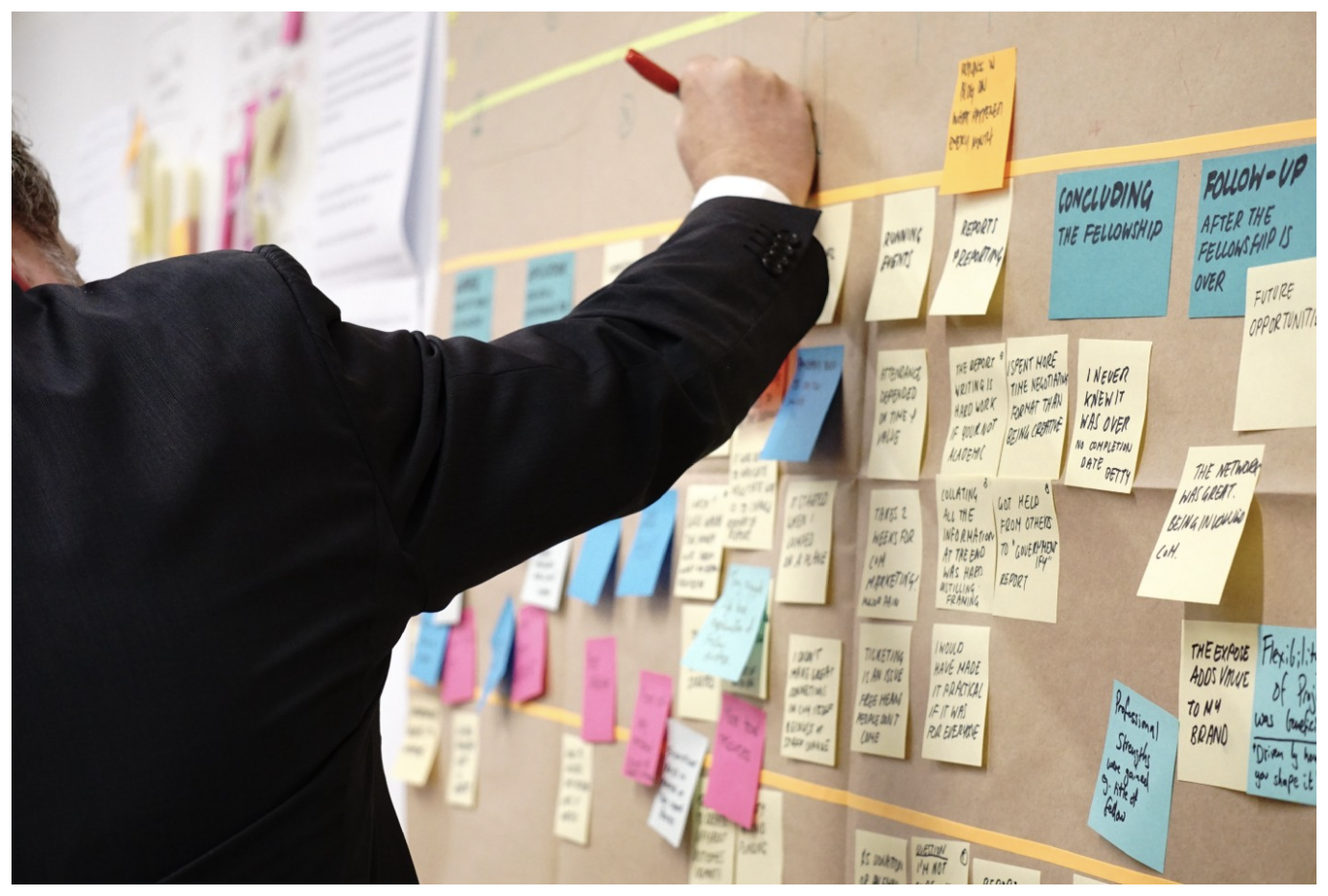
Managers who organize tasks and projects. (Photo by Jo Szczepanska via Unsplash)
Two problems are exacerbated by the way organizations currently recruit - project managers make educated guesses about who is best suited for a particular job on their team - or worse, HR chooses for them.
We deal with the issue of scope of control largely by trial and error. DAO can solve these problems in a better way. Members of a DAO choose their own tasks to do, and the quality of their work is verified by multiple other members, not just one manager. This avoids the scope of the manager's control, because there is no manager for a specific person. Additionally, DAOs get work done through individual tasks and projects rather than through jobs. This makes it much less likely that people who are bad at a task will stay in it for a long time, even if they choose the wrong task in the first place.
Transformational Leadership: Another Top-Down Approach
Jump forward in time to the early 1970s and we see the concept of "transformational leadership" emerge as an organizational theory. The emphasis here shifts from how leaders motivate and motivate all employees in the organization to personally identify with their work and the organization's mission to drive success. While the idea is to develop many such leaders in an organization, the examples given in the literature usually revolve around a charismatic individual who single-handedly changed the course of an organization.
image description
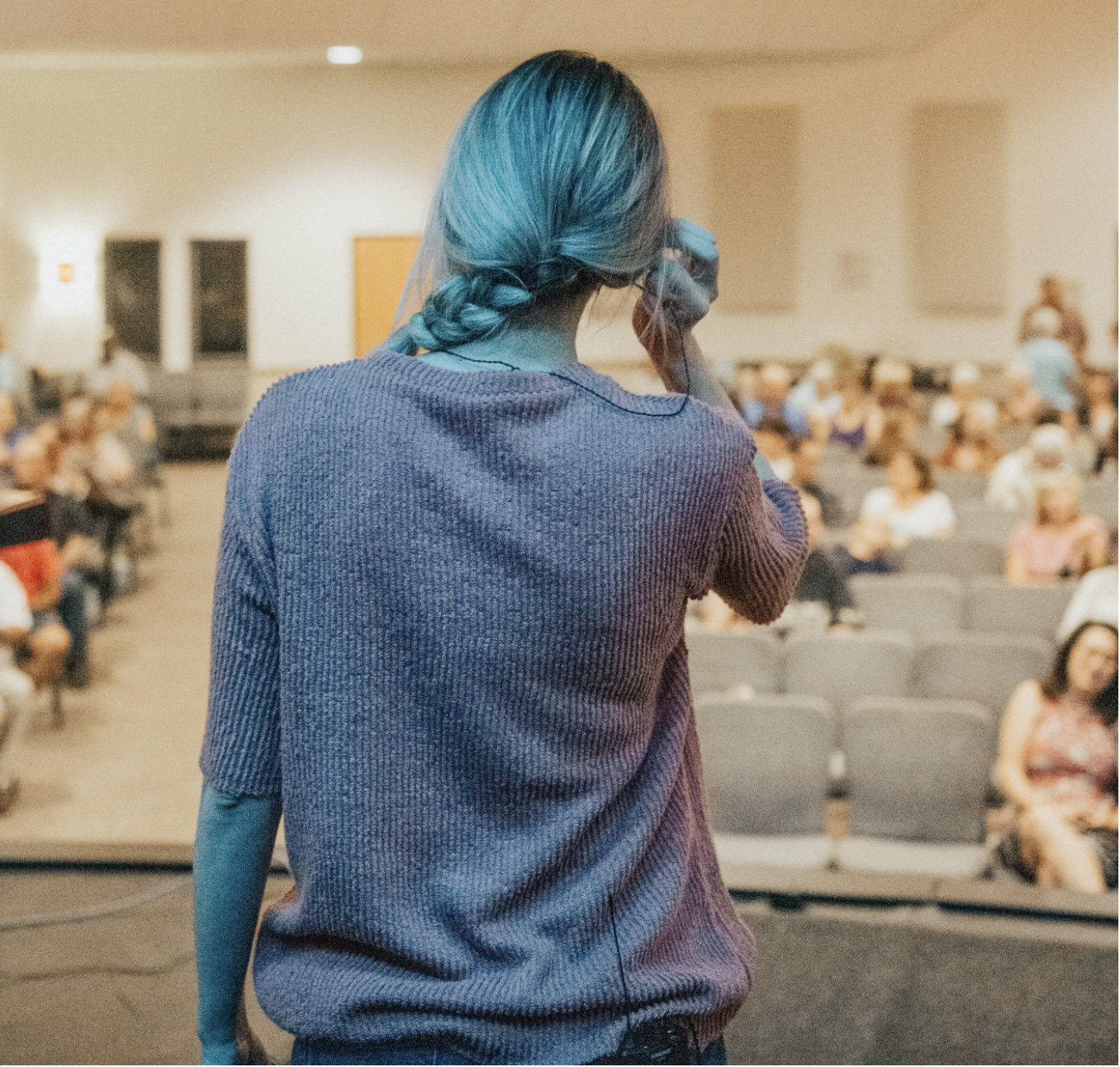
A typical "transformational leader" addressing employees from the stage. (Photo by William Moran on Unsplash)
DAOs do not rely on transformational leaders. In fact, they have no organizational leaders at all. Instead, they use encrypted tokens to manage voting power. At a certain token threshold (for some DAOs, a single token), a given member can participate in making decisions about governance. This could be any member of the DAO, not just an arbitrary set of leaders. Leadership in a DAO occurs in small groups that have a much lower barrier to entry than traditional organizations.
Cutting to the chase: Organizational culture and transparency
It is obvious that scientific management, lean management division of labor and relying on transformational leaders cannot solve the problem of organizational inefficiency, so the focus turns to organizational culture. Researchers such as Steven Ott argue that simply knowing organizational processes and rules is not enough to understand how they work. In trying to decipher the code of an organization, it is the unwritten rules, customs, and informal practices that need to be observed and accounted for. He suggests that only when you can discover an organization's cultural mores and expose them to address these issues will the organization's"completely changed"Only then is it possible. An example would be a get-together at a local restaurant after work, where decisions are sometimes made, but only among those attending these informal meetings.
image description
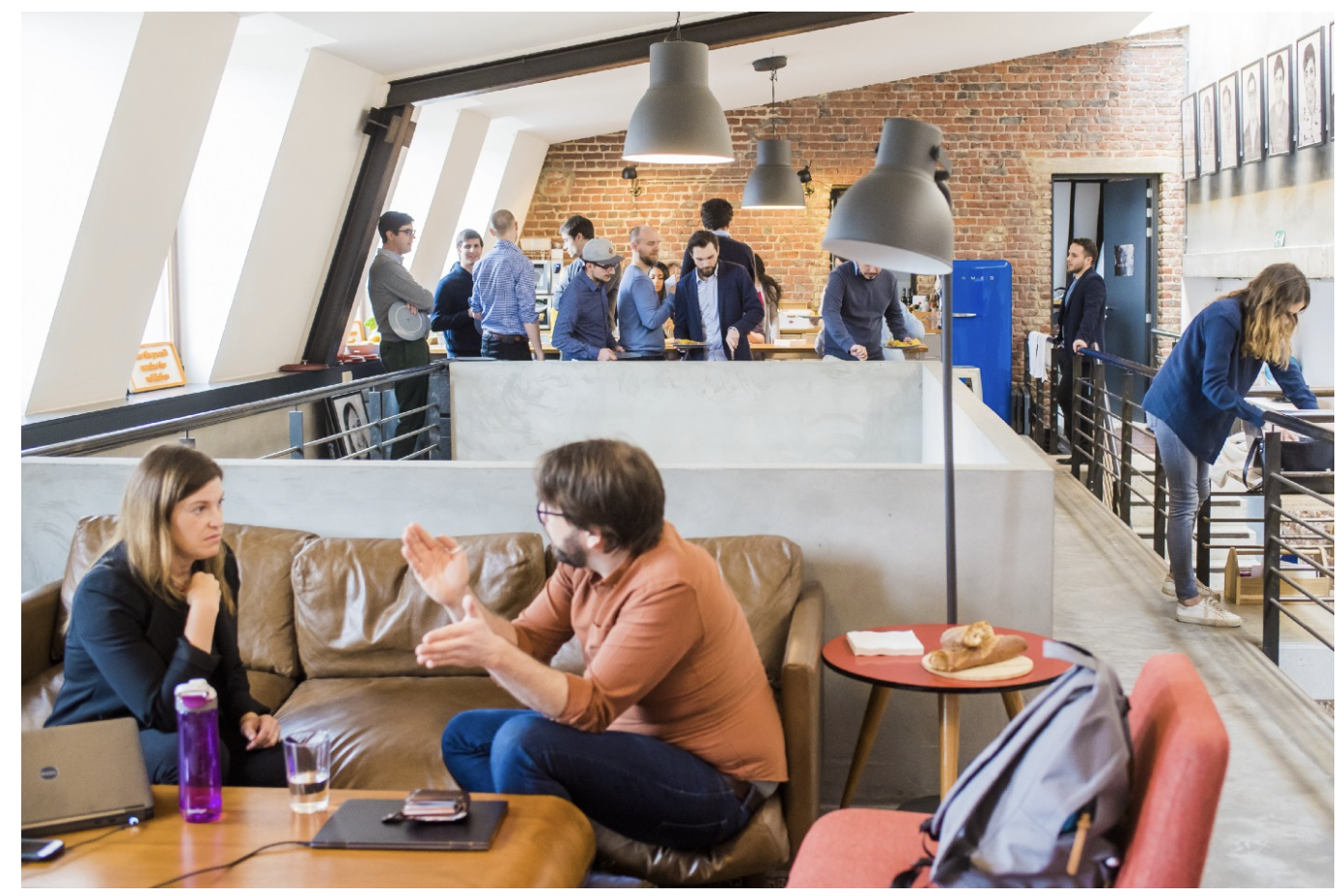
A typical modern physical workplace (image via Proxyclick visitor management system on Unsplash)
The problem here is transparency. Even the most altruistic modern organization has a lot going on behind closed doors. However, when it comes to DAOs, the field brings radical transparency. Every member of the DAO can participate in almost any conversation, decision, or process they wish, as long as a threshold of token ownership is met. Of course, it's impossible for most people to participate in everything that happens in a DAO, because they don't need to be, and all transactions and decisions are recorded in the DAO's blockchain.
Flattening the Hierarchy: A First Attempt at Decentralization
Over the past 15 to 20 years, many organizations such as IDEO have claimed to have "flat hierarchies," organizations that do not have top-down approaches, decentralized processes, and decision-making. At least in theory. Julie Wulf of Harvard University found that while these types of organizations claim they give lower levels more decision-making power than traditional organizations, they actually do the exact opposite. In these organizations, a leader like the CEO has more direct reports than usual and fewer indirect reports (the process of "flattening" described in Wulf's book). Because of this, top leadership is closer to decision-making across the organization, and thus can participate in decisions that would normally be made by those at a lower level (and without any involvement from top management). At IDEO, product design teams are said to be autonomous, but senior executives decide for themselves how to spend time on projects.
Going back to organizational culture, do these so-called flattened hierarchies really think that changing the organizational structure will prevent those who have more political leverage and influence from being more influential than others? It's a worthwhile experiment, but if the tools and communication styles that govern organizations remain the same, then the cult of personality will prevail.

A simple, flat hierarchy
secondary title
Opinion: DAOs are another evolution of organizations
The modern history of organizations, from scientific management to flattening hierarchies, includes key insights into helping organizations become more efficient, effective, and even more human. The DAO marks the beginning of the next evolution that will allow humans to collaborate in ways that are efficient, fair, and perhaps more effective than ever before. While they're currently limited to a handful of applications, the potential is huge -- especially at a time when millions of workers and businesses have only recently realized that their work can be done remotely.
whale"whale"This can lead to inequality when it dominates token ownership and heavily influences voting. Another is the learning curve of tools used for DAOs, such as Discord and Collab.Land. DAOs take a lot of time to get new people into these commonly used tools, not to mention the high digital cultural barrier they create for many who can participate in a DAO (creating another fairness issue).
Despite these issues, DAOs are a huge step forward in removing politics, centralized power, exclusionary cultures, and other inefficiencies in organizations, using technology to help us all do our jobs better.


